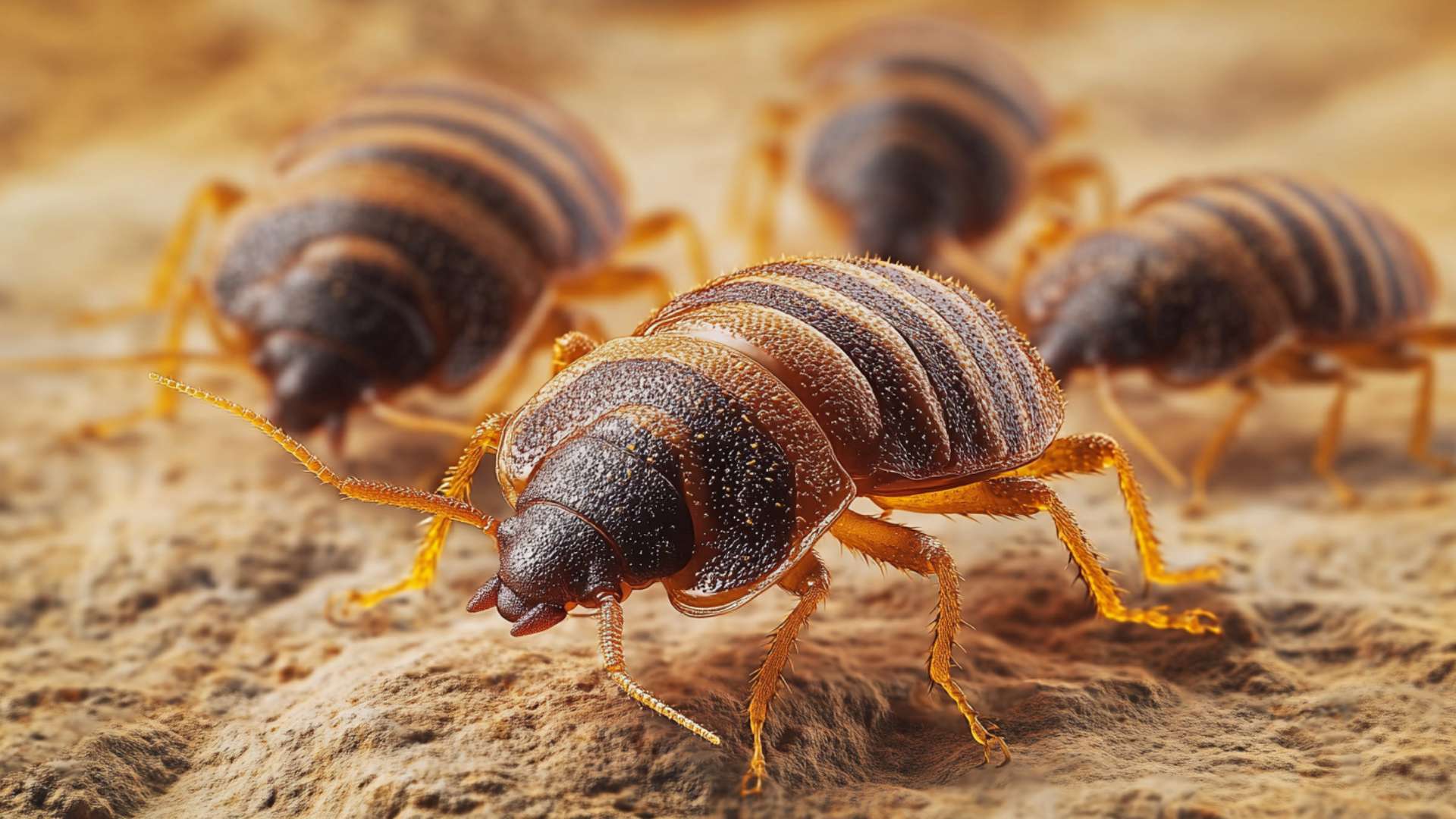Kinds Of Insect Control: Which Method Is Right for Your Infestation?
When encountered with a pest invasion, the option of a suitable technique for parasite control is critical in effectively handling the scenario. By exploring the various kinds of parasite control techniques readily available, individuals can make educated choices customized to their unique scenarios, ensuring a much more reliable and lasting result in pest removal.
Chemical Bug Control
Chemical parasite control entails the use of synthetic or normally acquired chemicals to take care of and eradicate pest populations efficiently. This technique is commonly utilized in agriculture, forestry, and domestic settings to fight a large range of insects, including rodents, bugs, and weeds. Using chemical pesticides can offer quick and targeted services to pest invasions, making it a prominent option for several people and services.
One of the essential advantages of chemical pest control is its capability to quickly eliminate pests, reducing the threat of damages to crops, residential or commercial property, and human wellness. By utilizing particular chemicals that target particular pests, this approach can properly manage infestations while minimizing injury to valuable microorganisms and the atmosphere when applied appropriately.
Nevertheless, making use of chemical pest control additionally increases concerns concerning prospective adverse results on non-target types, water sources, and human health and wellness. It is important to adhere to safety standards, apply chemicals sensibly, and think about alternative bug control methods to decrease these dangers and ensure lasting pest monitoring practices.
Organic Pest Control
Organic parasite control, also known as biocontrol, uses living organisms to manage and minimize pest populations naturally. By utilizing the bug's all-natural killers or virus, organic parasite control supplies a environmentally friendly and lasting remedy to pest monitoring.

Mechanical Parasite Control
Using hands-on and physical methods to handle pest populaces, mechanical pest control uses an alternative technique that does not count on the usage of living organisms or synthetic chemicals. This approach involves the usage of obstacles, traps, or various other devices to physically hinder or get rid of parasites. By blocking bug access points or establishing catches to catch them, mechanical bug control can effectively decrease problems without presenting chemicals into the atmosphere.
One usual example of mechanical insect control is using mesh screens on windows and doors to protect against insects from going into structures. This straightforward yet effective technique works as a physical obstacle, keeping Bonuses insects out while permitting correct air flow. In addition, devices like mousetraps, fly swatters, and ultrasonic repellents fall under the mechanical bug control group.
While mechanical parasite control methods can be labor-intensive and require regular tracking and upkeep, they use a environmentally friendly and sustainable service for handling insect invasions. By integrating various mechanical methods, building proprietors can develop a comprehensive pest control strategy that decreases dependence on chemical pesticides.
Physical Parasite Control

Some typical physical parasite control techniques consist of the use of obstacles such as webs or screens to stop pest entrance, catches to capture and eliminate parasites, and hand-picking to physically eliminate parasites from plants or structures. Furthermore, strategies like heat therapies can be made use of to control bugs like bed pests by raising the temperature to degrees that are dangerous to the insects.
Physical insect control is specifically useful in integrated insect monitoring (IPM) strategies, where multiple insect control approaches are incorporated for effective insect administration while decreasing making use of chemicals. By utilizing physical insect control methods, individuals can properly resolve pest infestations with very little ecological effect.
Integrated Bug Administration
When applying physical parasite control methods as part of pest management strategies, Integrated Insect Management (IPM) emerges as an extensive technique that leverages different methods to successfully manage pest populations. IPM concentrates on long-lasting prevention of pests through a mix of organic, social, physical, and chemical devices tailored to particular insect issues. By incorporating numerous control methods, IPM intends to lessen the dangers connected with insects while also reducing dependence on chemical options.
One secret aspect of IPM is the focus on surveillance and examining pest populations to determine one of the most proper control techniques. This proactive strategy permits early intervention and targeted approaches, causing much more efficient parasite administration. Additionally, IPM advertises ecologically pleasant methods by prioritizing non-chemical control approaches and only using chemicals as a last resource.
Final Thought

By making use of the bug's natural predators or virus, organic bug control uses a sustainable and environmentally pleasant remedy to pest administration. - Kings pest control services Cincinnati oh
Using physical and manual techniques to manage parasite populaces, mechanical pest control supplies an alternate method that does not count on the use of living organisms or artificial chemicals.An effective strategy to handling pest populaces without relying on chemical or organic methods includes the use of physical bug control techniques.When implementing physical bug control approaches as component of insect monitoring methods, Integrated Pest Administration (IPM) arises as a detailed approach that leverages different strategies to efficiently regulate pest populations. Chemical bug control involves the use of chemicals, organic insect control makes use of natural predators, mechanical bug control involves physical barriers, physical bug control includes trapping or eliminating parasites, and integrated bug monitoring combines several techniques for an all natural approach to pest control.
Comments on “Kings Exterminator Cincinnati: Effective Pest Management”